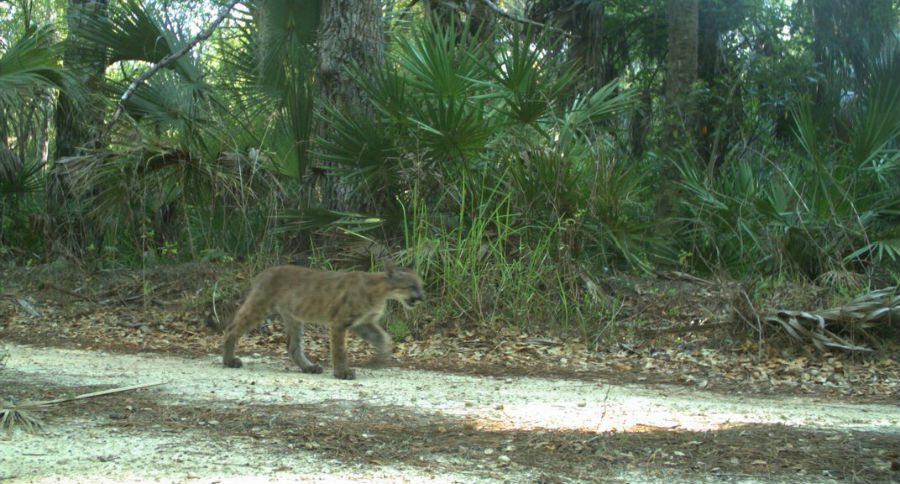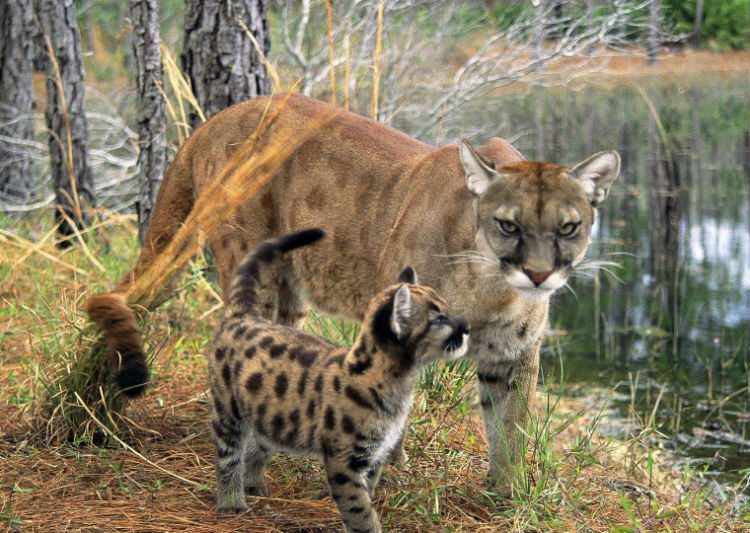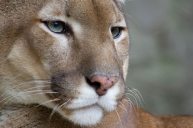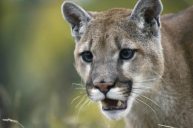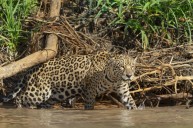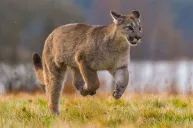Florida wildlife officials have confirmed that panther kittens have been found living north of the Caloosahatchee River for the first time in decades.
For the first time since 1973, Florida may have a chance at seeing the population of its state animal - the panther - move outside of its confines in the southwestern corner of the state. Officials have confirmed that at least two cougar kittens have been found north of the Caloosahatchee River, a longtime natural barrier to panther dispersal.
At one time panthers, or cougars, inhabited virtually all of the southern United States. But by the 1970s loss of habitat had squeezed the remaining few animals into the southwestern part of Florida, where only two or three dozen of the big cats survived.
With their numbers so close to extinction, in 1995 eight female cougars were shipped into Florida from Texas to hopefully breed and stabilize the dwindling population. They found success with the program and now the population is estimated to be at around 200 panthers.
But in order for the population to grow and remain sustainable the cats need to move out of the area and resettle in at least a couple of other regions.
That's why the confirmation of a breeding female with kittens is welcome news to state wildlife officials. The Caloosahatchee River has long been a barrier that the panthers were loath to cross. Male panthers, which are roamers, had crossed the river before, but never any females, and females are needed for breeding to take place in other, distant areas.
"The Caloosahatchee River has appeared to be a major obstacle to northward movement of female panthers," said the wildlife commission's panther team leader Darrell Land. "This verification of kittens with the female demonstrates panthers can expand their breeding territory across the river naturally."
Trail cameras were installed at locations north of the river to monitor panther movements, and in 2015 they recorded what appeared to be a female panther in the Babcock Ranch Preserve Wildlife Management Area approximately ten miles north of the Caloosahatchee River. More cameras were installed and more images of the supposed female panther were captured.
"Early this year, the cameras captured images of a female that appeared to be nursing," Land said.
Wildlife officials recently confirmed that two kittens were photographed in the same area as the female panther.
"This is good news for Florida panther conservation," said Kipp Frohlich of the Florida Fish and Wildlife Conservation Commission. "Until now, we only had evidence of panthers breeding south of the Caloosahatchee. These pictures of a female with kittens indicate there are now panthers breeding north of the river."
Naturally the excitement of panther advocates must be tempered by the potential conflict of the big cats with ranchers in the region. So, officials are working on a compensation plan for ranchers should any depredation on livestock occur in the future. Officials do not want to put ranchers at odds with the potential growth of the panther population.
Larry Williams of the U.S. Fish and Wildlife Service promised his agency will be "working with landowners to make panthers and private land ownership compatible."
And Florida Wildlife Commission Chairman Brian Yablonski called the confirmation of the kittens "a major milestone on the road to recovery for the Florida panther."
Like what you see here? You can read more great articles by David Smith at his facebook page, Stumpjack Outdoors.
NEXT: Can You Eat Mountain Lion? Dispelling Another Myth
